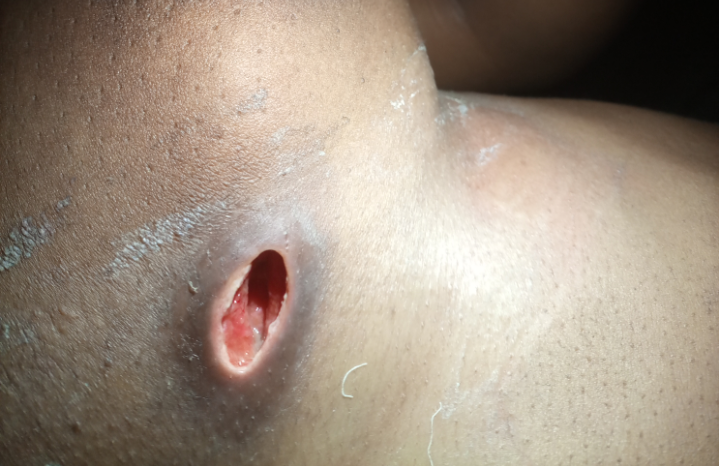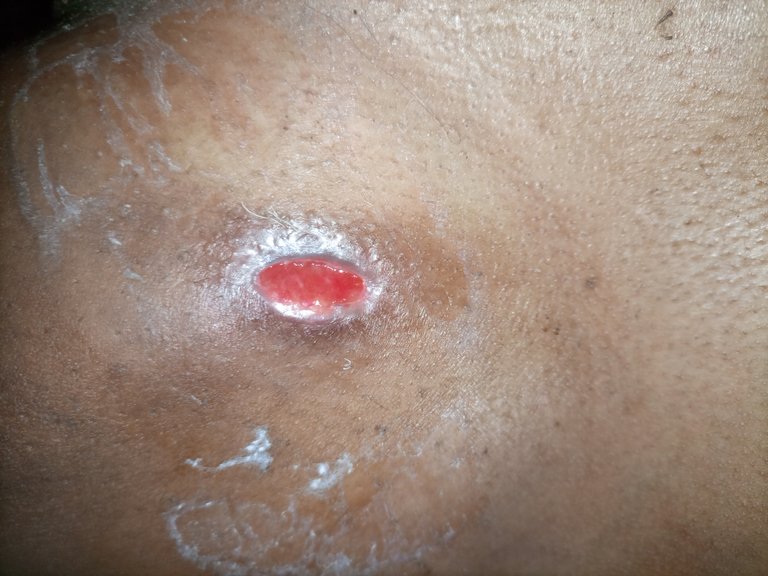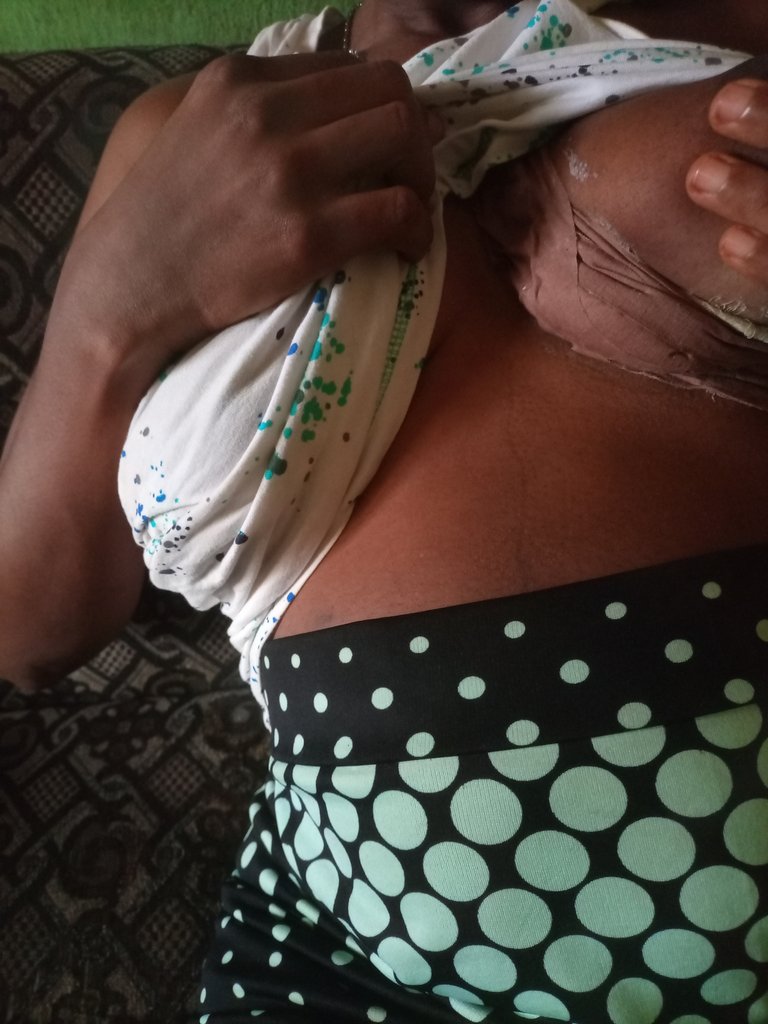Battling Mastitis: A Guide to Proactive Prevention in the Breastfeeding Journey
Good morning my good people of hive community, I hope we all had a good night rest. I am here this morning to share my experience on mastitis. This is a rare disease that some mother's pass through during breastfeeding. Three weeks after delivery, I had a lump and when I visited the hospital they doctors called it Mastitis and I was shocked, they gave antibiotics hoping that the lump will dissolve on it's own before seven days elapse instead the lump formed what Breast Abscess. I went back to the hospital and they commence Incision and drainage immediately. It was a painful experience for me.

Mastitis, a painful inflammation of the breast tissue, is a condition that many mothers may encounter during their breastfeeding journey. My personal experience with mastitis has prompted me to share insights on its prevention and management. While each woman's experience is unique, understanding common triggers and implementing preventive measures can make a significant difference.
Understanding Mastitis:

Mastitis typically occurs when milk ducts become blocked, leading to inflammation and, in some cases, infection. This condition is often accompanied by symptoms such as breast pain, redness, swelling, and flu-like symptoms. In my own encounter with mastitis, the initial discomfort quickly escalated, emphasizing the importance of proactive prevention.
Preventive Measures:
- Maintain Proper Latch and Positioning: Ensuring your baby has a correct latch and positioning during breastfeeding is crucial. Poor latch can lead to inefficient milk removal, increasing the risk of blocked ducts. Seek assistance from a lactation consultant if needed.

Empty the Breast Completely: Frequent and thorough emptying of the breasts helps prevent milk stasis. Encourage your baby to feed on both breasts during each feeding session, and consider using a breast pump if necessary.
Avoid Tight Clothing and Underwire Bras: Restrictive clothing, particularly bras with underwire, can contribute to blocked milk ducts. Opt for well-fitting, supportive bras without underwire to reduce pressure on the breasts.
Practice Good Hygiene: Ensure proper hygiene when handling breast pumps and nursing bras to minimize the risk of infection. Regularly clean breast pump parts and change nursing pads frequently.
Stay Hydrated and Well-Nourished: Adequate hydration and a balanced diet support overall health and breastfeeding success. Drink plenty of water and include foods rich in vitamins and minerals essential for lactation.
Manage Stress Levels: High stress levels can negatively impact milk supply and increase the likelihood of mastitis. Incorporate stress-reducing activities into your daily routine, such as gentle exercise, deep breathing, or meditation.
Gradual Weaning: If you're considering weaning, do so gradually to allow your body to adjust and reduce the risk of blocked ducts. Abrupt weaning may lead to an increased susceptibility to mastitis.
Conclusion:
My journey with mastitis has underscored the significance of preventive measures in maintaining breastfeeding health. By prioritizing proper latch, emptying the breasts, avoiding constrictive clothing, practicing good hygiene, staying hydrated, managing stress, and considering a gradual weaning process, mothers can significantly reduce the risk of mastitis. Every breastfeeding experience is unique, but a proactive approach to prevention can contribute to a more positive and comfortable breastfeeding journey.
Thank you for stopping by to read my article I believe you enjoyed it.